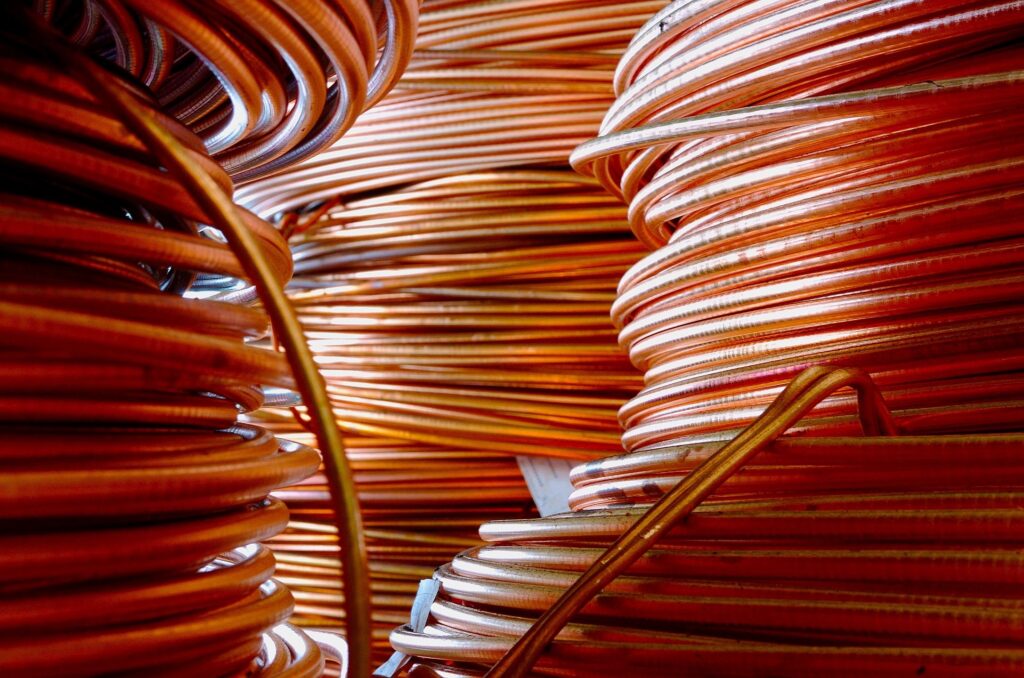Conductor Resistance
In one of our previous Wire Wisdoms, “Conductors – The Electron Superhighway,” we discussed different size conductors and the reasons for their existence. One of the principal reasons for having different size conductors is due to resistance. Resistance is defined as the opposition to the flow of electrical current through a conductor. It’s important to point out that conductivity and resistivity (the property that determines final resistance) are inversely proportional. The more conductive something is, the less resistance it will have. This Wire Wisdom will examine how resistance affects wire and cable.
All Objects Have Resistance
The best conductors in the world, excluding superconductors, have some resistance. Even though most people believe gold is the best conductor because of its common use in high-end consumer products, it is actually silver (gold is used on these products because it does not corrode easily and can be left untreated on a shelf for months or years). Electricity can flow through nonmetals as well (e.g., wood, plastic, rubber and glass), but resistance is much lower in metals such as silver and gold. Even though gold and silver have low resistances, they are too expensive in most cases to be applied in any form other than plating.
Copper is the Most Common Conductor
In the late 1700s, copper was found to be a more cost-effective option than silver. Its low resistance, wide availability and relative low cost launched it to the top of the preferred conductor charts. The amount of copper products consumed in the USA last year could make a 12 AWG wire long enough to make 140 round trips to the moon.
Aluminum
Aluminum is another widely used material to conduct electricity. With conductivity 62 percent of copper, it has a slightly higher resistance than gold but with a relatively low weight, given its level of resistance. It is also cheaper than copper on a pound-for-pound basis. However, more conductor volume is required than copper, which means it is not as ideal for small applications with space constraints.
How Does Resistance Affect Your Product?
Resistance is the opposition to the flow of electrical current, more specifically, nonvarying current (i.e., direct current (DC)). Impedance is the opposition to the flow of varying current (i.e., alternating current (AC)). These two are sometimes used interchangeably by the novice, and for many applications, they have the same results. In fact, they share a common unit: the ohm.
Because ohms represent the amount of resistance a wire or cable will have, it is generally desired to keep the number of ohms as low as possible. The primary reason for this is efficiency. In most applications, a lower resistance means less power is converted to heat and lost to the surrounding environment and more of the supplied power gets to its intended destination. It also means that the wire and cable will run cooler and the power source can be smaller for a given load. Because heat can cause catastrophic failure or shorten the life of a wire or cable, it’s good to minimize the amount of heat generated by resistance in the wire. Because electrical power is generally expensive to generate, in renewable energy applications, by portable generators or by your alternator, it’s always desirable to optimize the conservation of power in the conductors.
How Do I Minimize Resistance?
Other than choosing an efficient material, such as copper, there are a couple of simple things that can be done to reduce the resistance of a conductor. Conductors have lower resistance at lower temperatures. Keeping a conductor cool will help keep the resistance low and reduces the amount of power lost to conductor heating. Installing a conductor in a location with cooling airflow will help make it more efficient because it’ll keep the resistance lower (it will also help prevent premature aging of the insulation and jacket materials).
The simpler approach might be to choose a larger conductor. In applications where the product will be used continuously, a larger conductor can often pay for itself. The payback period for the increase in cost of a larger conductor can be as short as three months under the right circumstances1. The larger conductor will have a lower resistance due to the increased volume of conductive material. Because resistance is determined by the material and the material’s volume resistivity (resistance per unit volume), the more volume of material you have, the lower the resistance will be. Think of it like an interstate highway: the more lanes you have, the less resistance you will have at rush hour.
For questions on resistance or help choosing the best wire or cable for your application, visit anixter.com/contact to get in touch with an expert.
1 Copper Facts. Electrical. Copper Development Association.






























































